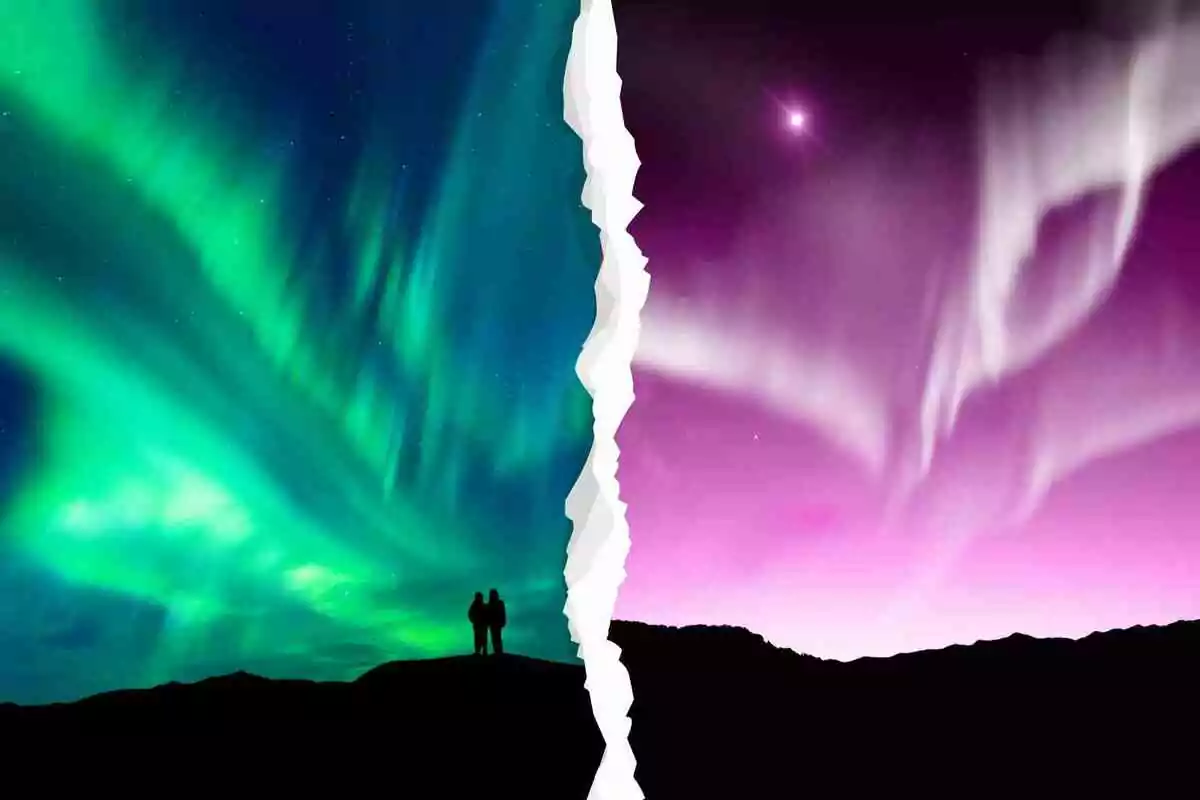
Northern Lights Forecast in US: 9 States Where You Can See the Northern Lights Tonight
Experts have confirmed that the aurora borealis will be visible in several regions of the United States this Tuesday
The National Oceanic and Atmospheric Administration (NOAA) has issued a forecast that will excite lovers of the night sky. Tonight, several northern states in the United States might have the opportunity to observe the aurora borealis. According to the latest report from the Space Weather Prediction Center, a Kp index of 4 is expected on a scale of 0 to 9.
This indicates moderate geomagnetic activity. This figure suggests that the auroras could move to lower latitudes than usual, offering a "quite pleasant" visual spectacle. Especially for those who find themselves in the right areas.
The states with the highest probability of seeing the aurora borealis include parts of Washington, Idaho, Montana, North Dakota, Minnesota, and Michigan. There is also a slight chance in areas of South Dakota, Wisconsin, and Maine. According to NOAA, the visibility line extends just north of Iowa, marking the southern limit where the lights could be observed.

What Will Happen in Several American States
Although geomagnetic storms are not expected until Wednesday, NOAA warned that minor to moderate radio communication blackouts could occur. All due to solar disturbances. For those who wish to see the auroras, they recommend finding a dark place.
It is important to be away from light pollution, and details like climbing to a high point and having patience increase the chances of success. As for photography, experts consulted recommend using a camera with a wide-angle lens, an aperture of f/4 or lower, and focus to infinity.
If using a mobile phone, it is preferable to activate night mode and turn off the flash. The auroras borealis occur when charged particles from the Sun, mainly electrons, collide with the oxygen and nitrogen in the Earth's atmosphere. It is then that flashes of vibrant colors are caused.

This activity has intensified since 2024, the year NASA confirmed the highest peak in 500 years of what is known as the "solar maximum." A phase of intense activity in the Sun's 11-year cycle, which is expected to continue until early 2026. So if you live in any of the mentioned states, tonight could be an excellent opportunity to look at the sky.
More posts: